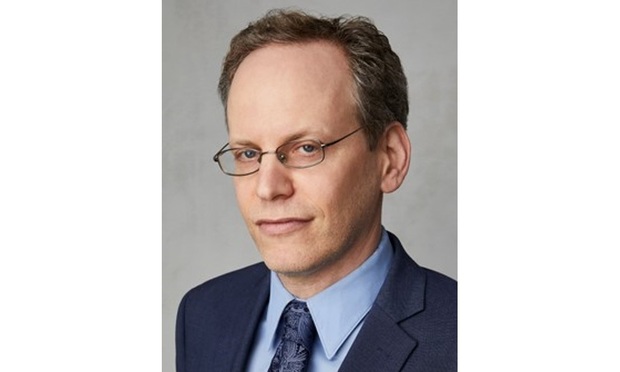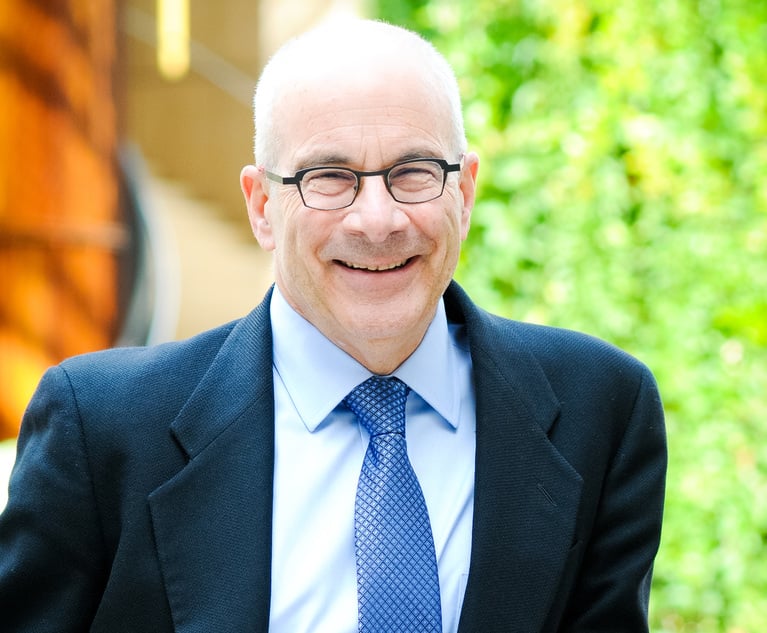We have represented a number of criminal defendants seeking exoneration, as well as exonerees seeking justice in civil lawsuits. How did these defendants get convicted? False confessions and mistaken witness identification often play a decisive role. It is time for a thorough reckoning of criminal cases that rely on such troubled evidence.
False Confessions
According to the National Registry of Exonerations, false confessions have contributed to at least 336 wrongful convictions, representing 4,409 years of freedom lost. The Final Report of the New York State Bar Association’s Task Force on Wrongful Convictions notes that “false confessions contribute to almost 25% of the known cases of wrongful conviction.” Id. at 104. “[T]he phenomenon of false confessions is genuine [and] has moved from the realm of startling hypothesis into that of common knowledge, if not conventional wisdom.” People v. Bedessie, 19 N.Y.3d 147, 156 (2012). As the Bronx District Attorney put it in People v. Burton, Ind. No. 7009/1989, “it is not hard to induce a false confession.”


 Ilann M. Maazel
Ilann M. Maazel




